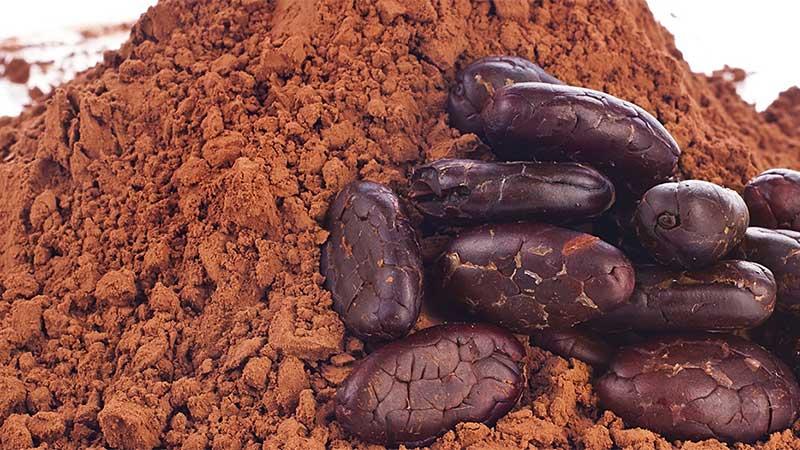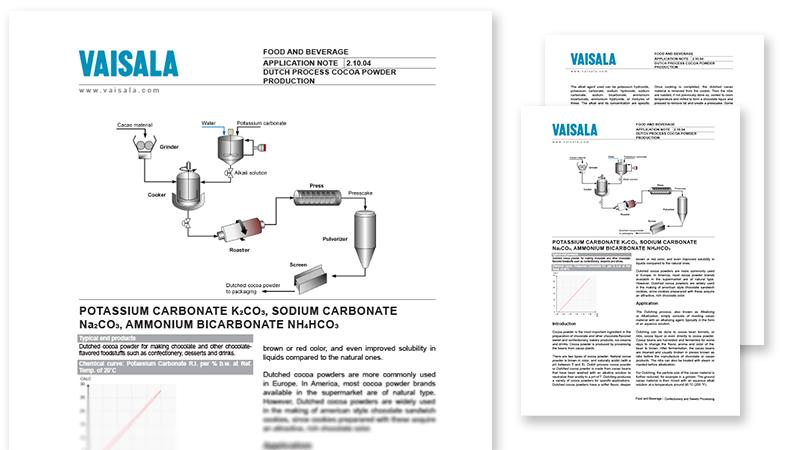Dutch process cocoa powder production

Cocoa powder is a food ingredient widely used in the preparation of chocolate, chocolate-flavored sweets, confectionary, bakery, ice creams and drinks. There are two types of cocoa powder, i.e. natural cocoa powder and dutched cocoa powder. The latter one is milder in taste, has a deeper brown or red color and has a better solubility in liquids.
Dutching or alkalizing of cocoa beans, nibs, cocoa liquor or cocoa powder
High quality of cocoa powder is used for the preparation of, for example, American style chocolate sandwich cookies with an appealing dark chocolate color. This type of powder is manufactured in the Dutching or alkalizing (alkalization) process. In this process, preliminary fermented and washed cocoa beans are then grinded, and mixed with an aqueous alkali solution.
The used alkali agent and its concentration depend on the desired cocoa powder properties and its end application. As alkali agents the following can be used separately or in a mixture: potassium hydroxide, potassium carbonate, sodium hydroxide, sodium carbonate, sodium bicarbonate, ammonium bicarbonate, ammonium hydroxide.
In the cocoa alkalization process, the type and concentration of alkali used are critical parameters to obtain the desired dutched cocoa powder.
Download the application note to learn how Vaisala Polaris Process Refractometer, installed directly in the alkali preparation tank, measures in real time the concentration as the aqueous alkali solution is prepared. This measurement ensures dutching takes place at the correct alkalizing levels in order to
- comply with regulations
- obtain the correct dutched cocoa powder product suitable for the desired end application.
Download our application note in PDF by filling in the form.
Go back to all food and beverage applications.

You can modify your preference settings or unsubscribe at any time here